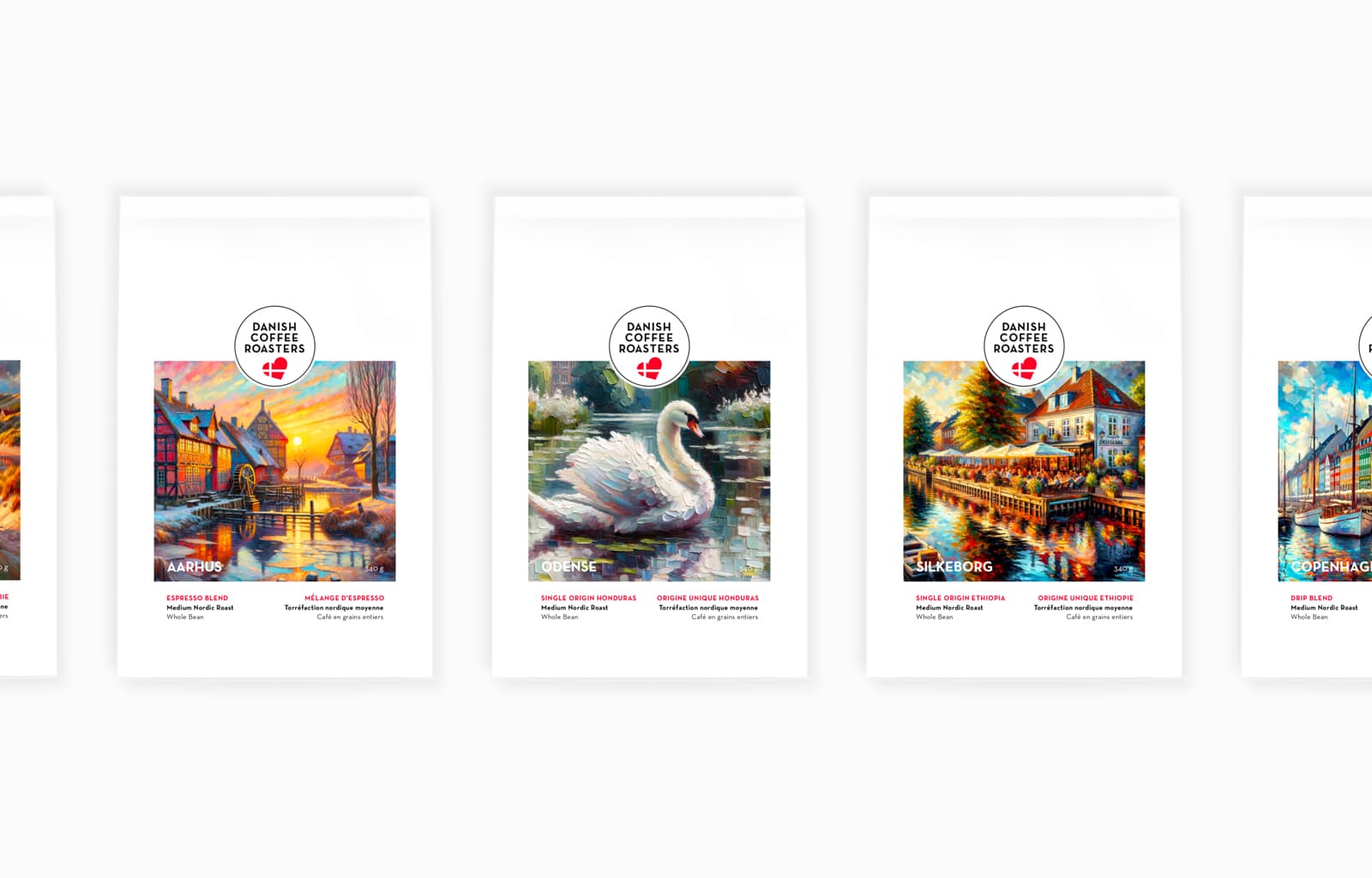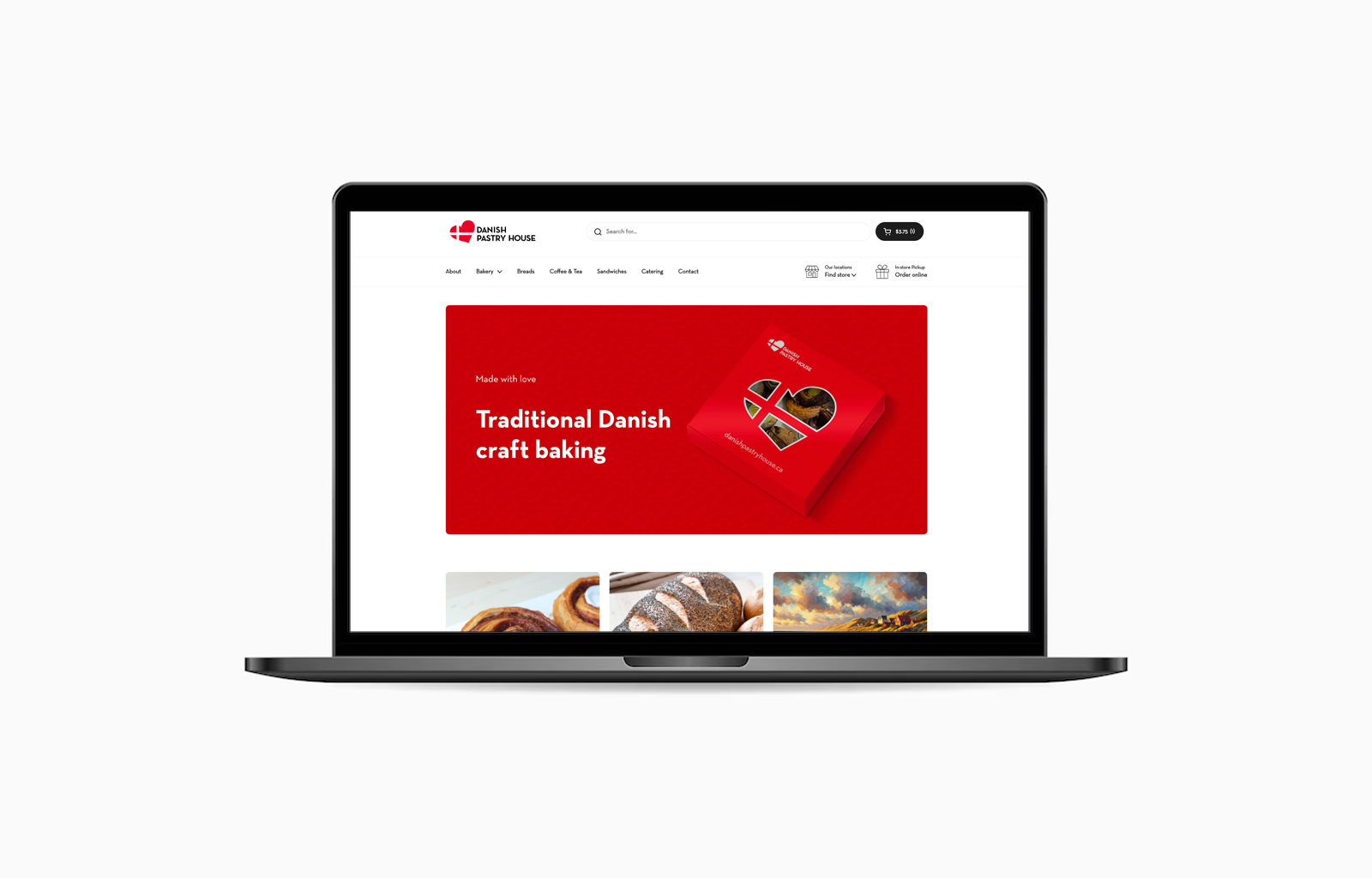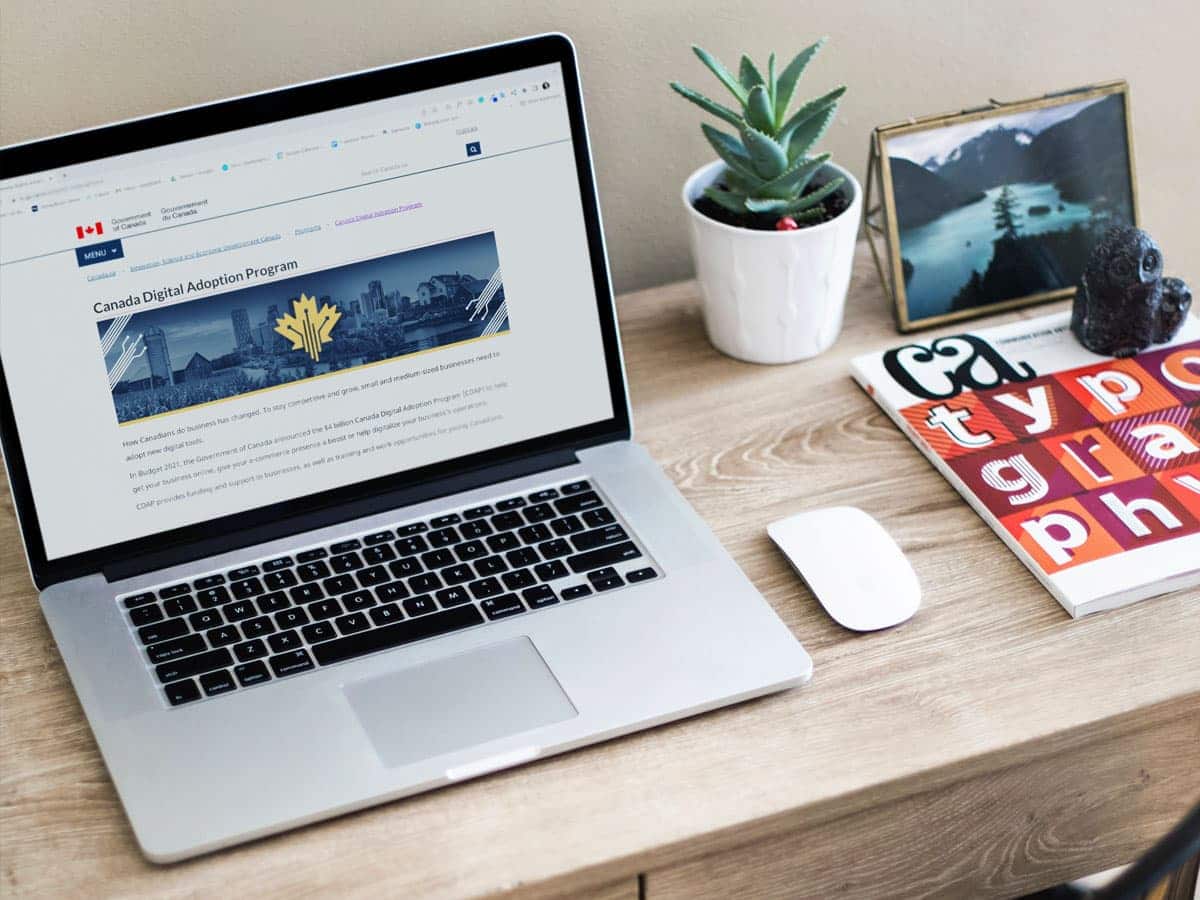In the fast-paced, ever-evolving world of food and beverage, where trends come and go with the changing seasons, brands that carve out something unique endure.
This industry, more than any other, demands innovation and uniqueness, not just in the flavours offered but in the entire brand experience. Beyond fleeting trends and momentary tastes, it’s about crafting an experience that no one else can offer. This uniqueness, often shrouded in claims of authenticity and superiority, is not always delivered, but it stands out remarkably when it is. It’s not just about what you offer; it’s about how you make your customers feel, how you resonate with their values, and how you fit into their lives.
Enter Danish Pastry House, a beacon of authenticity in Southern Ontario’s bustling food scene. With over 18 locations, including prestigious spots like Yorkdale Mall, Sherway Gardens and Union Station, they’ve created delectable pastries and woven a narrative of genuine Danish culinary art. Their journey is one of passion, tradition, and a deep understanding of what it means to offer a unique culinary experience.
Crafting Uniqueness in a Competitive World: Danish Pastry House’s Story
Danish Pastry House has become a favourite, not by accident, but through a meticulously crafted experience that blends tradition with strategic vision.
Each location, from Sherway Gardens to Yorkdale Downsview, is more than a store; it’s a gateway to Danish culture. This brand understands its roots and presents them as a selling point and a heritage celebration. Their secret? An unwavering commitment to authenticity and strategic distribution ensures their exquisite pastries reach as many hands as possible.
In a market where consumers are continually bombarded with choices, standing out is about more than just good food. It’s about creating a physical and emotional space where customers feel connected. It’s about telling a compelling, genuine story deeply rooted in the brand’s identity. This connection is what Danish Pastry House has mastered, creating not just customers but loyal brand advocates.
Balancing Growth and Brand Identity: The Overlooked Digital Frontier
However, amid their rapid expansion and the pursuit of top-tier quality, some aspects inevitably fell by the wayside. Brand identity consistency and a robust digital presence – critical in today’s market – were overshadowed by operational priorities. This oversight is typical in fast-growing businesses, where the focus is on product and physical presence.
The challenge was clear: How does a brand deeply rooted in tradition and physical experience translate that essence into the digital world? How do they ensure that their digital presence is not just an extension but an integral part of their brand story?
This is where the journey of transformation began.

A New Chapter: Redefining Digital Identity for Danish Pastry House
Recognizing this gap, our journey with Danish Pastry House began.
The task? To redefine their digital identity to mirror the uniqueness of their brand. This was a brand that had a story to tell, one that was rich, textured, and deeply connected to Danish culture. Part of this transformation was the creation of Danish Coffee Roasters. Inspired by Danish cities, each roast tells a story of a different locale, weaving a tale of heritage and flavour.
This was not just about creating a new product line; it was about creating a narrative that complemented and enhanced the Danish Pastry House brand. Each coffee blend became a character in their story, each one with its unique profile, linked back to the landscapes and cities of Denmark. This approach provided a new product and enriched the brand’s narrative.

Digital Transformation: Building a Cohesive Online Presence
The transformation involved developing a new digital facade that resonates with their ethos.
For Danish Pastry House, it meant a visually appealing website that tells their story. The website for Danish Coffee Roasters followed, focusing on the narrative of each unique blend. Utilizing Shopify, we enhanced their online visibility, streamlined their e-commerce capabilities, and managed their growing empire more efficiently while maintaining their authentic voice.
The new websites were about functionality and creating an online space that echoed their physical stores’ warmth, authenticity, and uniqueness. Every element, from the colour palette to the imagery, was carefully chosen to reflect the brand’s identity. The result was a digital experience that was not just a shopping platform but an extension of the Danish Pastry House story.
Beyond the Baked Goods: The Impact of a Reimagined Brand
Post-rebranding, the results were palpable.
Danish Pastry House experienced a surge in brand recognition and customer engagement. Customers now enjoy a seamless online experience fully integrated with the essence of the Danish Pastry House brand. This translated into increased web traffic heightened engagement on social media platforms, and, most importantly, a significant uptick in online sales. Their digital presence became a living, breathing extension of their physical stores, capturing the unique Danish essence that defines their brand.
Moreover, the digital transformation journey for Danish Pastry House wasn’t just about enhancing its online storefront. It was a holistic approach that encompassed every touchpoint of the customer journey. From when a customer discovered Danish Pastry House online to the final click to purchase, every step was imbued with the brand’s signature warmth and authenticity. This meticulous attention to detail ensured a consistent and delightful customer experience, mirroring the satisfaction of stepping into one of their physical locations.
Savouring the Flavor of Digital Success: A Look at Results
The impact of these changes was quantifiable. Website analytics showed a significant increase in new and returning visitors, indicative of a growing and loyal customer base. User feedback highlighted an appreciation for the ease of navigation and the compelling content mirrored the in-store experience.
The introduction of Danish Coffee Roasters as a brand extension received an overwhelmingly positive response, with customers praising the rich storytelling and the quality of the coffee, further cementing Danish Pastry House’s position as a leader in the food and beverage space.
This digital revamp also had an unexpected but welcome effect on in-store foot traffic. Customers who discovered the brand online were more inclined to visit the physical stores, seeking the complete Danish Pastry House experience. This synergy between online and offline channels demonstrated the power of a cohesive brand strategy that understands and leverages the strengths of each platform.
A Toast to the Future
Danish Pastry House’s journey is a testament to the power of a well-thought-out digital strategy in amplifying a brand’s essence. In the competitive realm of food and beverage, their story is a reminder that authenticity, when aligned with strategic digital implementation, is not just a business strategy but a recipe for creating enduring customer relationships.
As we look to the future, Danish Pastry House stands as an inspiring example for other businesses in the food and beverage industry. Their success underscores the importance of evolving while staying true to one’s roots. In a world where digital presence is increasingly crucial, their approach serves as a blueprint for blending tradition with innovation, ensuring that every digital interaction is as satisfying and authentic as the first bite of a Danish pastry.
In the end, Danish Pastry House’s digital transformation is more than just a case study; it’s a narrative of embracing change without losing one’s essence, of expanding reach while maintaining quality, and most importantly, of building a brand that resonates as much online as it does in every flaky, buttery bite of their pastries.








